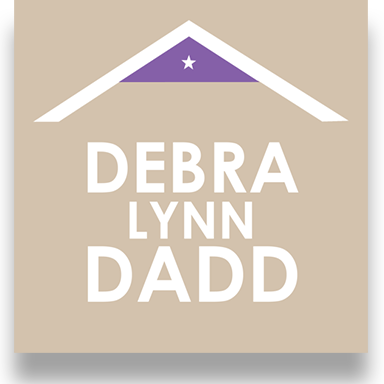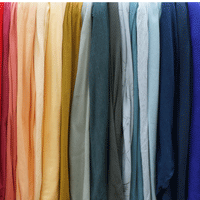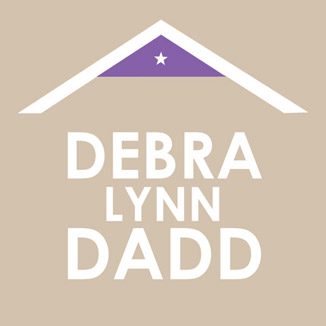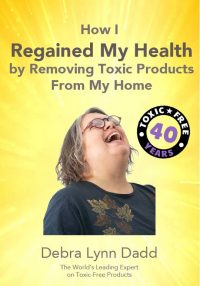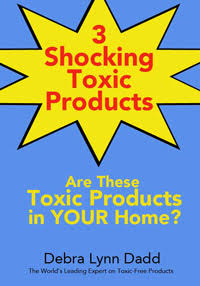Last week Ronnie Cummins, the International Director of the Organic Consumers Association published a post called Beyond Monsanto’s GMO Cotton: Why Consumers Need to Care What We Wear.
He gave a list of ten excellent points about why we need to move away from what’s being sold in the fashion industry (which I won’t list here—read the post), and pointed out that if you go to any of the top clothing or department stores you won’t find garments labeled “non-GMO,” “organic” or “Fair Trade certified.” That’s totally true.
And then he did acknowledge there are a growing number of online and retail clothing companies and brands, which offer non-sweatshop, natural fiber and organic clothes, accessories, and textiles, and gave a short list.
Inspired by this post from the Organic Consumer’s Association, I spent the afternoon updating my clothing and fabric pages.
Take a look…
|
|
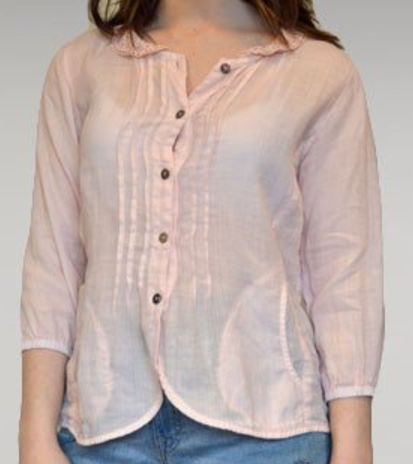
|

|

|
And also… OrganicClothing.blogs.com – all about organic, natural and sustainable clothing and eco-fashion.
NOTE: I just want to mention that I don’t screen for fair trade, not because it’s not an important issue, but because I am screening for nontoxic first. A company has to qualify on nontoxic and then I will note fair trade, but I don’t list companies that are fair trade that are selling products that don’t otherwise qualify.
ANOTHER NOTE: One of the problems I have in finding organic clothing to recommend to you is that so much of it is blended with other materials, especially spandex. I only recommend clothing and fabrics made from 100% natural fibers. For me, it’s more important that they be 100% natural fiber than be organic. Ideal would be 100% organic fiber. But I won’t accept natural fibers blended with synthetics.
I think the difference is that an organization like Organic Consumers Association is wanting to promote organic for the environmental benefits. And so any percentage of organic is a plus for organic. I am looking from the viewpoint of what is safe for the consumer and so any subtraction from 100% organic is a minus for the consumer.
